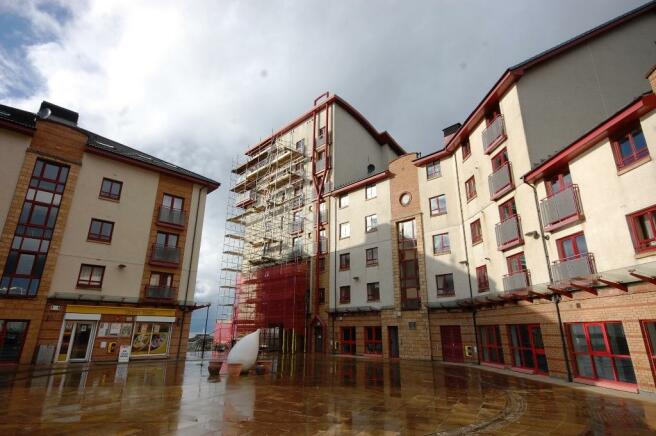I remember back when I was in primary school I made a lot of creations with a number of different materials through a number of different methods that I could take home and show to my parents with great pride. I really loved these classes as it allowed me to get hands-on with my work and it was so much more fun than sitting at a desk answering questions from a textbook. However, looking back now I realised that although I made a variety of things there wasn’t much room for my own alterations to the project; everyone in the class’ looked the same apart from the colours you used to decorate whatever it was. From the first input looking at the different levels of artwork throughout a school Diarmuid mentioned the interesting question of “how much teacher involvement was there?” which is something I probably wouldn’t have thought about beforehand. Although on the surface it looks like the child had the chance to be creative and express themselves it may not be the case, the teacher may have directed them in a certain direction, giving precise instructions decreasing the window of creativity.
The Curriculum for Excellence experience and outcomes for Expressive Arts states that:
“My learning in, through and about the expressive arts:
- enables me to experience the inspiration and power of the arts
- recognises and nurtures my creative and aesthetic talents
- allows me to develop skills and techniques that are relevant to specific art forms and across the four capacities
- provides opportunities for me to deepen my understanding of culture in Scotland and the wider world
- is enhanced and enriched through partnerships with professional arts companies, creative adults and cultural organisations.”
After speaking to some teachers and reflecting back on my own experience I think it’s great that there is more of an emphasis on expressive arts and are cross curricular. It shows children that subjects such as Maths and English can be approached in numerous ways and facilitates children that learn creatively as opposed to traditional rote learning. It encourages problem solving skills within the child as the creative arts teach children that problems can have more than one solution and that questions can have more than one answer; it promotes looking at things from different perspectives (Eisner, 2002), a transferable skill into the wider world thus contributing to the CfE’s aim of making the learner a more confident individual, this was actually demonstrated in a workshop when we were discussing some of the children’s artwork, one piece of work triggered multiple interpretations, doing so boosts children’s confidence because it can reduce the feel of a ‘competition’ between classmates. As well as this, I am really appreciative that this is part of my university course because in the face of cuts external teachers in the arts are usually one of the first places where schools will reduce to save money, so if I appreciate and am confident in delivering the arts then I will be a more effective and desirable teacher.

Keeping these things in mind I am really looking forward to this module and what it has to offer.
References:

